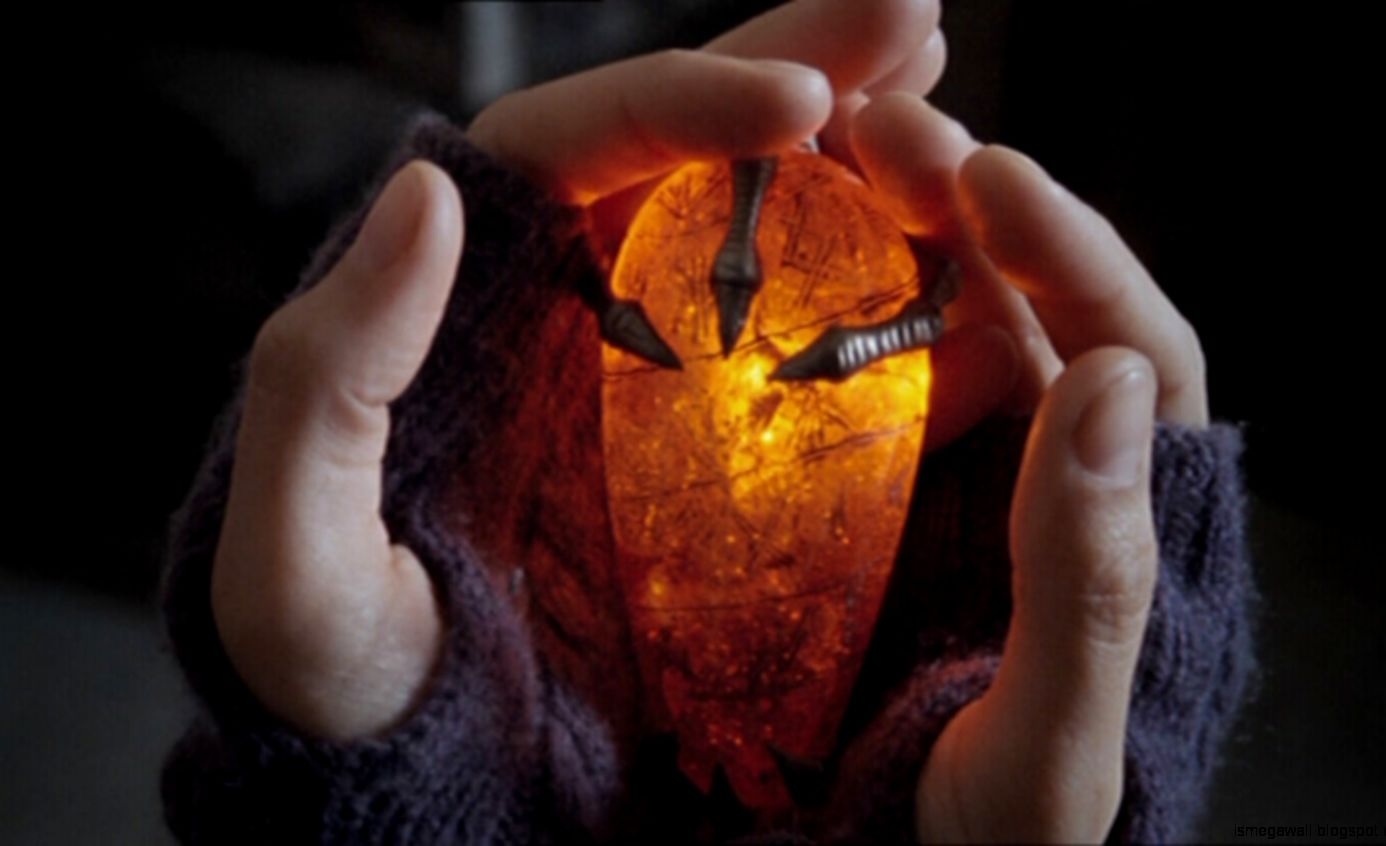Difference between revisions of "Appraisal I (sage ability)"
Tao alexis (talk | contribs) |
Tao alexis (talk | contribs) |
||
| Line 1: | Line 1: | ||
[[File:Appraisal I.jpg|thumb|440px|]] | [[File:Appraisal I.jpg|thumb|440px|]] | ||
| − | '''Appraisal I''' is a [[Sage Ability|sage ability]] that enables the character to correctly identify the approximate value of items according to their workmanship and innate value. The skill assigns a precise monetary value to the item | + | '''Appraisal I''' is a [[Sage Ability|sage ability]] that enables the character to correctly identify the approximate value of items according to their workmanship and innate value. The skill assigns a precise monetary value to the item according to what it would be where the character ''began'' adventuring — meaning that if the character is far from their home, their judgement of the item might be inaccurate. |
== Quality == | == Quality == | ||
Revision as of 18:50, 3 April 2021
Appraisal I is a sage ability that enables the character to correctly identify the approximate value of items according to their workmanship and innate value. The skill assigns a precise monetary value to the item according to what it would be where the character began adventuring — meaning that if the character is far from their home, their judgement of the item might be inaccurate.
Quality
The ability also enables the character to distinguish the quality of workmanship of the item. All manufactured items are measured by their maker. Most items have an "ordinary" quality. Progressively, better qualities are recognized as "fine quality," "highly crafted," "excellent work," "brilliant work," "masterwork," "magnificent" or "genius." The quality of an object depends upon the knowledge of the craftsperson responsible.
As quality improves, it's monetary value does as well, so that a "fine quality" object averages to be 2.3 times as valuable as an ordinary object. A "highly crafted" object averages to be 2.3 times as valuable as a fine quality object. This progression in value continues with each higher stage of quality, so that "genius" object will be more than 200 times as valuable as an ordinary one. Better than genius objects are "masterpieces," which have no fixed price, but which are always considered better than genius in make.
Books
In addition to their quality of appearance and binding, books are also measures by the rarity of their content. "Common books" include storybooks, diaries, lists of accounts or local ordinances and holy books. Common books are usually "ordinary" in quality; some will be "fine"
"Uncommon books" are any book that has been written to explain how something is done, including works about manufacturing items, science, engineering, civics, the law, theology and hundreds of other academic subjects. These books range from "ordinary" to "brilliant work" in quality.
"Rare" books include any treatise in a study that surpasses the knowledge of an "authority"; this is knowledge that only an "expert" or "sage" can explain. While rare books can be understood by persons with at least an authority knowledge in the subject, the work cannot be duplicated except by another expert or better. These books will always be at least "highly crafted" in quality and will range up to "genius."
"Arcane" books are magical in function and are remarkably precious and unlikely. These books can only be understood and used by character classes who possess a level of 6th or higher, in the sort of magic described by the book. All books of this sort are at least a "masterwork" in quality.
Additional Notes
On sight, a common book can be distinguished from those that are uncommon, rare or arcane. A gemstone may be recognized as ornamental, fancy, semi-precious or precious, provided the appraiser can either physically touch the object or apply a light behind it. Seeing the gemstone in open daylight is sufficient.
Likewise, white gold can be distinguished from silver or platinum, and 14 karat gold can be distinguished from 18 karat or 24 karat gold, based upon the lustre of these metals. Brass, bronze, pewter and copper can be likewise recognized for what they are.
Forms of cloth can also be so identified: cambric from damask and linen, muslin from cotton, serge from worsted or plush, etc.
Regarding food goods, the bottling of wine, the end results of making tobacco or opium, the odorous quality of perfume and similar like qualities can also be recognized through the skill.
Further examples may be included as they are ruled upon.
The skill offers no insight on the potential liquidity of the item (whether or not it can be easily sold), the item’s halo effect (who owned it, raising its value) or any knowledge relating to the item’s scale, intensity or medium, enabling the art’s valuation. The skill cannot tell if an item is magical or not.
See Burglary
